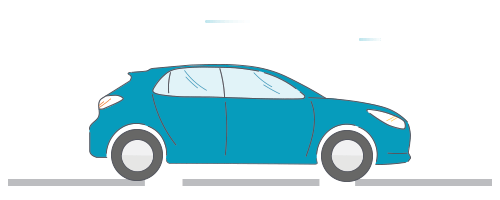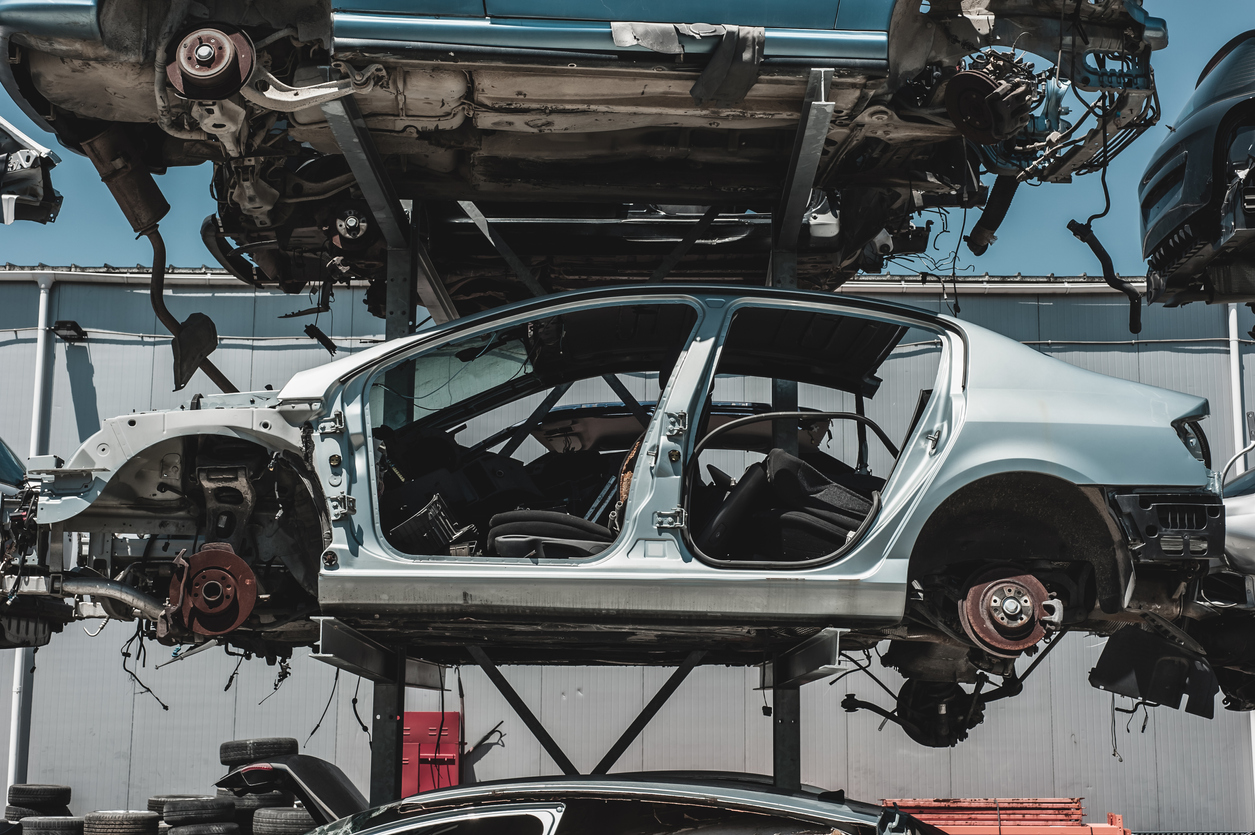
Sustainability is at the heart of public conversation in a way we have never seen before. Climate concerns are at the forefront of daily news and the message is clear – that we have to act now.
Everything and anything we can do to reduce our impact on the planet is essential.
CarTakeBack is proud to be a responsible vehicle recycling network and our passion for sustainability lies at the very core of our business. But what does this mean exactly?
It means that while there are no specific laws governing the disposal or recycling of cars in NZ. CarTakeBack ensures that its recycling network operates responsibly, adhering to the safe removal and disposal of hazardous materials guidelines set out by The Resource Management Act.
Our global network has recycled and diverted over 5 million tonnes of vehicle parts and materials away from landfill. While New Zealand makes up a small proportion of that overall figure, the working practices we have introduced and encouraged across the industry will make a significant difference.
If we count down to the smallest screws, a single car has about 30,000 different parts. Recycling a car is therefore a little more complicated than an empty beans tin! It takes time, knowledge and expertise to recycle, re-use and recover.
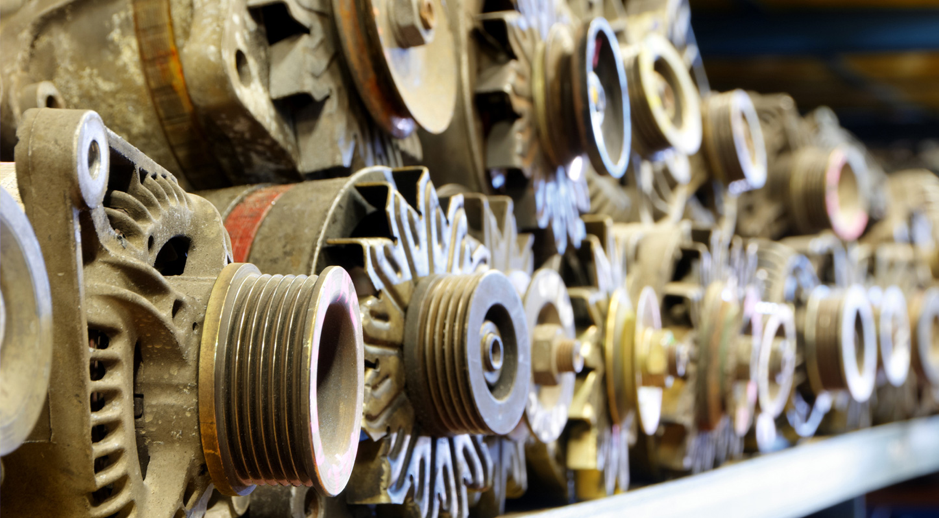
Dismantled cars can yield a number of reusable parts. Each of these may still be of value to someone else looking to buy spares for their own vehicle.
It sometimes only takes one critical issue to render a car un-usable. The lights, seats, mirrors and other components of a written-off car could be in perfect working order.
A vehicle recycler will follow an exhaustive process to ensure all usable components are recovered or recycled suitably. This process also includes the safe disposal of materials and fluids which are not good for re-sale or recycling.
Here are 10 well-known car parts that can be recycled.
You might think old and used engine oil is beyond saving, but you would be wrong. Your car’s oil doesn’t actually “go off” or become too old to work properly with an engine; it simply gets dirty.
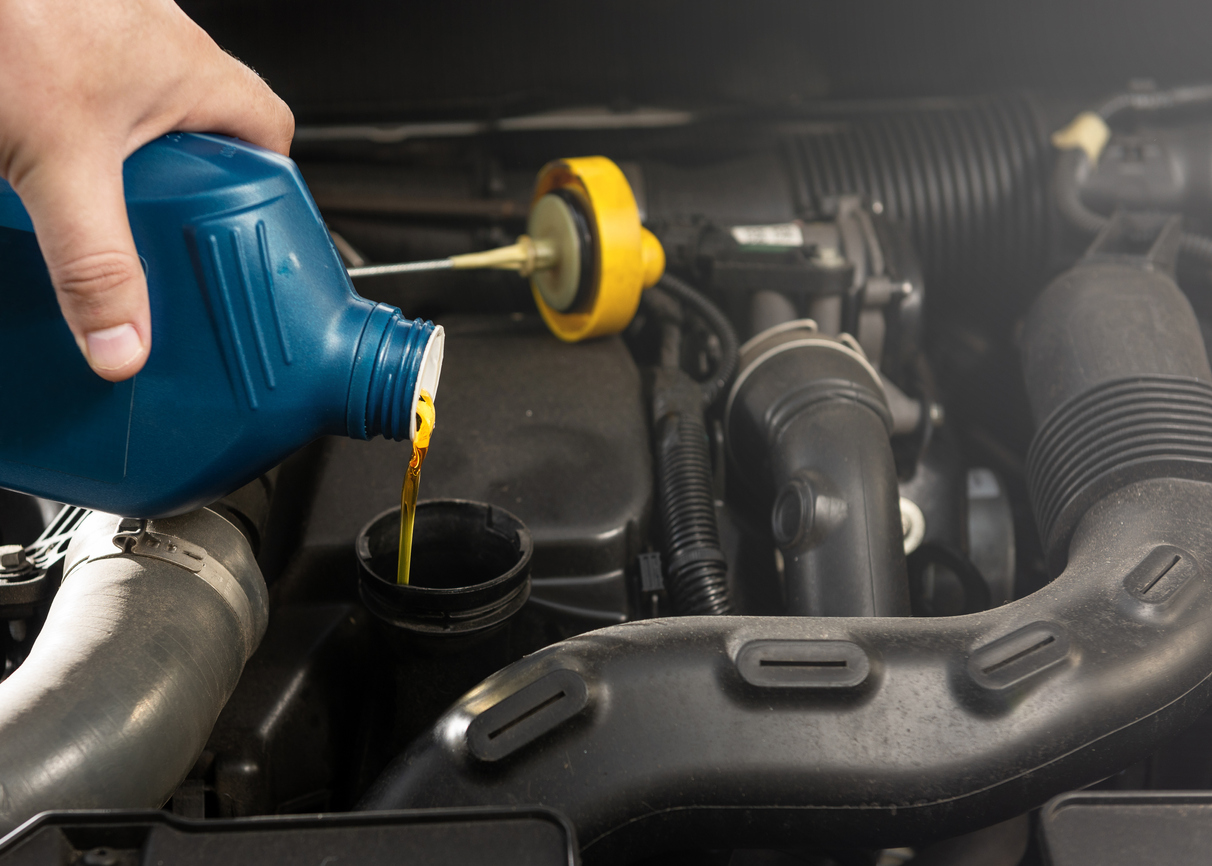
Used engine oil can be taken to a reputable collection centre, where it is cleaned for reuse. Disposing of used engine oil incorrectly can have an awful impact on soil, groundwater, rivers and natural ecosystems.
Windscreens and windows can be difficult to recycle because they are often fixed between layers of plastic. However, vehicle design has improved in recent years, meaning glass can be recovered and recycled to produce glass bottles, fibreglass insulation and other important everyday products.
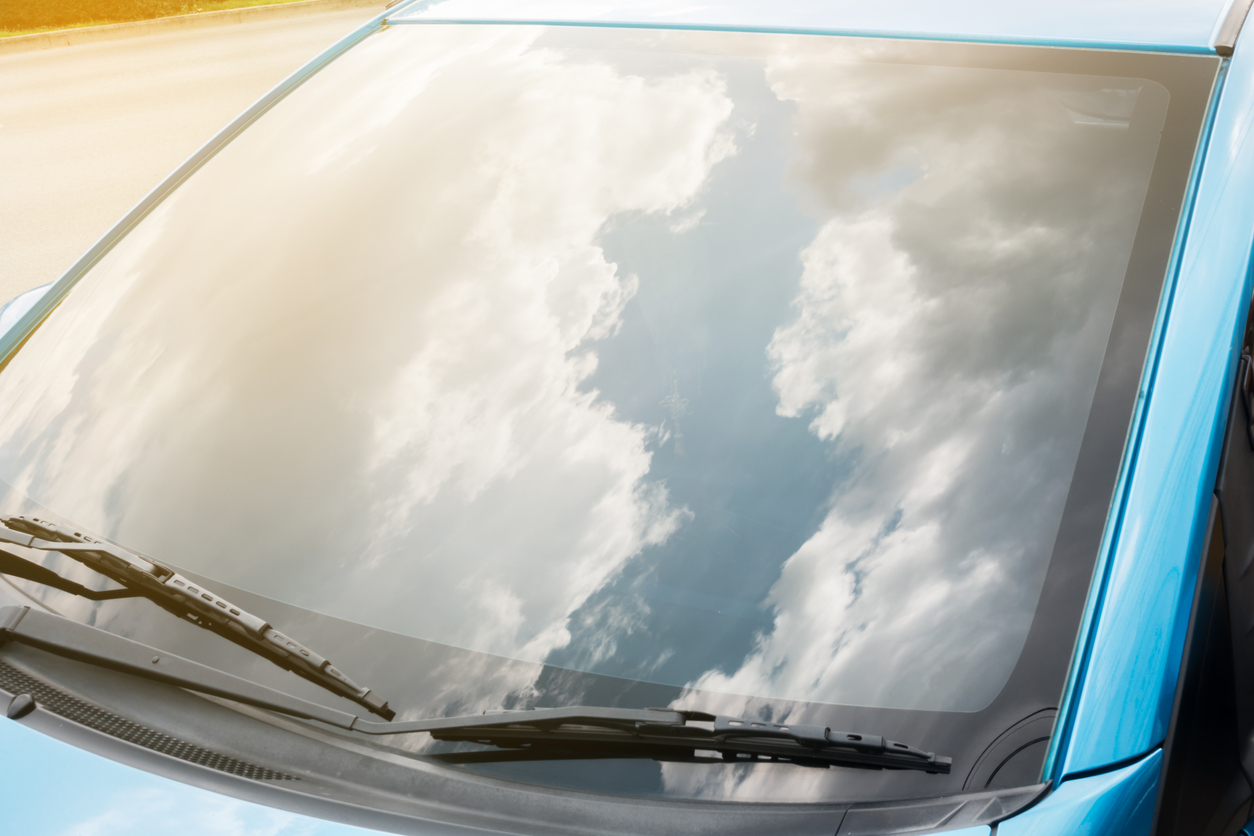
Cars feature a wide range of metal components, which constitute a huge portion of a car’s total mass. Parts such as aluminium rims, axels, handles and other scrap metal from end-of-life vehicles can be sold to scrap metal companies, who will melt it down so it can be re-used.
One of the most widely recycled car components are also one of the most problematic if not appropriately recovered or re-used. Car batteries contain toxic chemicals, which can be extremely damaging to the environment if not disposed of correctly.

It is illegal to dispose of a car battery as part of your household waste. Car batteries, also known as ‘wet cell batteries’, can be recycled through a careful process that dissects the battery into its various parts, such as lead, silver, plastic and acid. The valuable parts can be extracted for re-use, while the lead is melted down and acid neutralised.
The Battery Industry Group (B.I.G.) are collaborating with businesses, individuals and stakeholders across the energy, waste, transport and battery sectors to create a product stewardship scheme for large batteries and exploring innovative solutions for them that will help drive New Zealand’s circular economy.
Burning used tyres generates high levels of air pollution in the local area; it also releases an oily, toxic runoff. Reputable dealers will seek to responsibly recycle and reuse old tyres, so that they can be turned into a variety of things, including rubberised asphalt for paving and roads, as well as rubber crumb chippings for artificial surfaces.
Around 6.5 million tyres reach their end-of-life in New Zealand each year. Tyrewise is New Zealand’s first regulated product stewardship scheme for recycling used tyres and is expected to start operating in 2023.
Modern cars contain a lot of plastic, including fuel tanks, lighting fixtures, bumpers, handles and levers, as well as your interior trim and dashboard. Approximately 8 million metric tonnes of waste plastic enters the Earth’s oceans every year, making plastic waste one of the most serious challenges environmental activists are trying to tackle.

The plastic in your old car can be recycled through a mechanical chop and wash process, where the plastic is washed and then ground down and melted for re-use, and chemical recycling, where it is broken down into basic components for re-use.
Used oil filters are not a pretty sight. They are filled with used engine oil and sludge. However, both the dirty oil and the steel components can be recycled. The oil can be refined into lubricants or fuel, while the metal components can be reprocessed to make cans, appliances, construction materials and even new cars.
If your car engine reaches the end of its life or is damaged beyond a point that you are willing to pay for, this still isn’t the end of its journey. Depending on the condition an old engine is in, there are various ways it can be recycled.

If your engine is complete scrap, a recycling specialist will extract the raw materials and metal to be melted down and used to make new products. Aluminium is especially useful when recycling because it does not deteriorate significantly when melted.
Other engines can be reconditioned or remanufactured. If there is still life in your old engine, it can be sold on as a whole unit, where it can be dismantled for replacement parts, or reconditioned as it is for use in another vehicle.
Carpets, rugs and mats are highly recyclable, and the ones in your car are no different. There are a range of ways your used car mats can be recycled.
For starters, if they are still in good condition, they can simply be sold or passed on to another motorist, whether direct or through a website like TradeMe.
If your car mats are ready to be thrown away, there are still other uses for them. We’ve seen gardeners use them to insulate compost heaps or keep weeds at bay!

Around 2.2 billion kilograms of used carpet hit landfill each year. This is an astonishing figure, which is made worse by carpet being non-biodegradable. Discarded car mats contribute to this, so recycling and reuse is very important.
Starter motors and alternators can be very expensive for drivers to replace. The good news is they are widely recyclable and can be recovered and reconditioned so they are as good as new.
If a starter motor or alternator is completely broken, like so many other metallic components in a vehicle, it can be dismantled, melted down and recycled into a range of new and useful products.
These 10 components are just the tip of the vehicle recycling iceberg.
Responsible vehicle recycling is a critically important industry that benefits both the planet and the people who inhabit it – even if they don’t drive!
Steel recycling saves energy and natural resources; it is also cheaper and uses significantly less energy than making it fresh. Recycling cars also helps prevent huge quantities of scrap metal and other materials hitting landfill and, dealt with in the right way, supplies other new materials for manufacture.
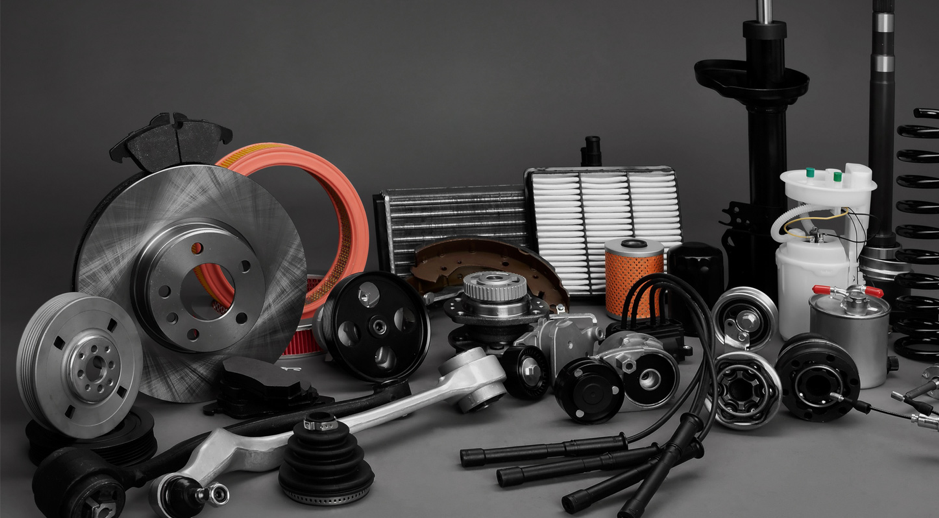
For drivers, responsible car recyclers are essential because they are the source of innumerable discounted spare parts. Reconditioned replacement parts can save you a lot of money in long-term vehicle maintenance. It might even save your own car from the scrap heap prematurely.
What’s more, once your vehicle has definitely reached the end of its life, car recyclers will pay you for your car, making selling your old wheels quick, easy and rewarding. That way you can get rid of your unwanted car knowing it’s going to be disposed of in a sustainable way.
